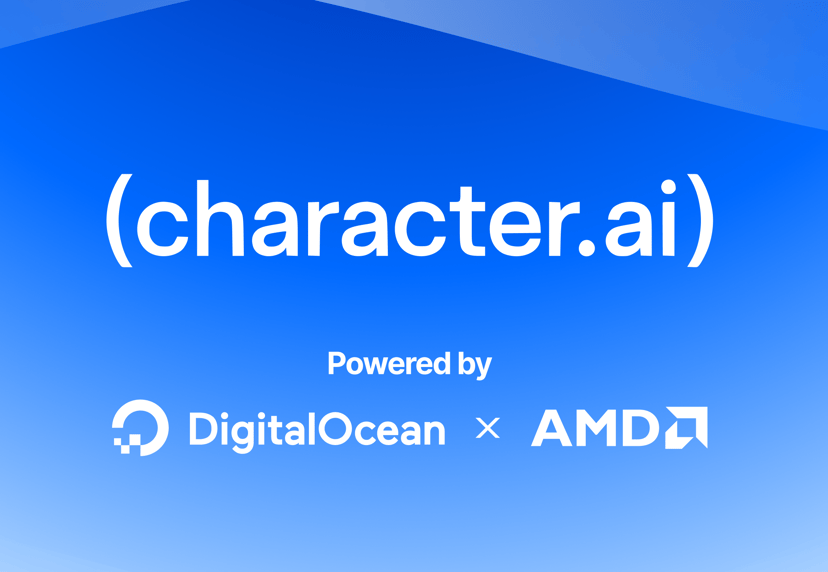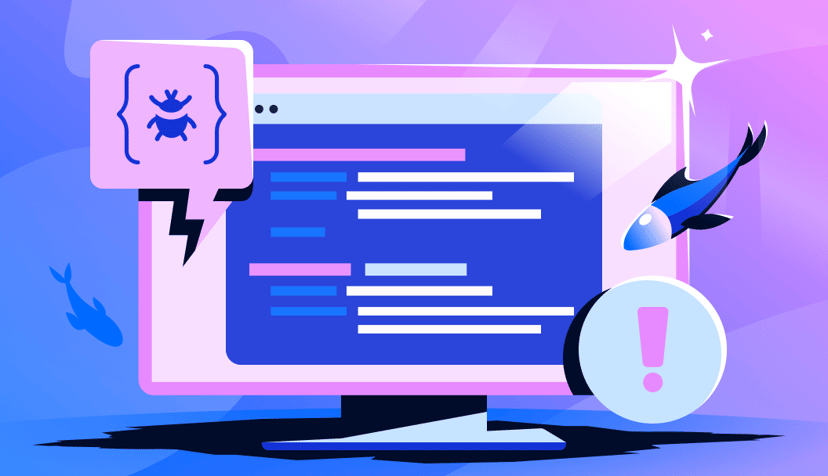Related Articles

Engineering
Technical Deep Dive: How DigitalOcean and AMD Delivered a 2x Production Inference Performance Increase for Character.ai
- January 13, 2026
- 13 min read

Engineering
DoTs SDK Development: Automating TypeScript Client Generation
- December 5, 2025
- 7 min read

News
Currents Report: How Growing Tech Businesses Use AI Today
- February 6, 2025
- 3 min read
